Main Not Only But Also Takeaways:
- Not only…but also is a correlative conjunction. This means that this construction helps convey two related facts, thoughts, or pieces of information.
- It expresses unexpected or surprising information, with the second item being more surprising than the first.
- Use this construction to create parallelism by following each part of the expression with the same part of speech. This helps add balance and flow to your writing.
- In informal writing, you can omit the word also from the expression without changing the meaning of the sentence.
- Correlative conjunctions like not only…but also don’t require commas to separate the pairs.
- Replace not only…but also with synonyms like: moreover, besides, as well as, similarly, and equally important.
Not only but also is a two-part expression that’s used to create emphasis, convey unexpected information, or add balance to a sentence. See exactly how to use this phrase effectively with tips for parallelism and plenty of examples.
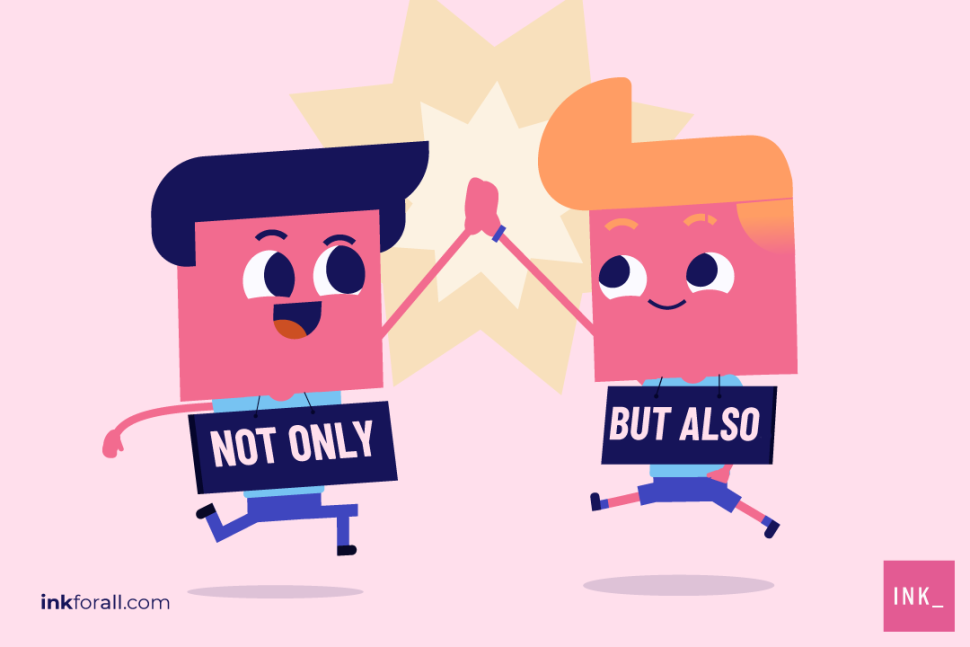

What Does not Only but Also Mean?
Not only…but also is a way to create parallelism in a sentence. This expression is a correlative conjunction, and is useful for linking two closely connected clauses. Basically, it sets up two related elements of a sentence. You know you’re using this pairing to correctly create parallelism when the same part of speech follows each part of the phrase. For example, if a verb comes after not only, then a verb should come after but also (He not only swims, but also rows). Similarly, if a noun follows not only, then a noun should follow but also (She is not only a doctor but also a lawyer). Use this construction to convey unexpected but related information. Or, to emphasize a surprising fact.
In a sentence, the actual construct of the expression looks like this: not onlythis…but alsothat.
In this example, each part of the not only…but also expression precedes a verb phrase for parallelism.
In this example, a noun phrase follows both not only and but also to maintain parallelism.
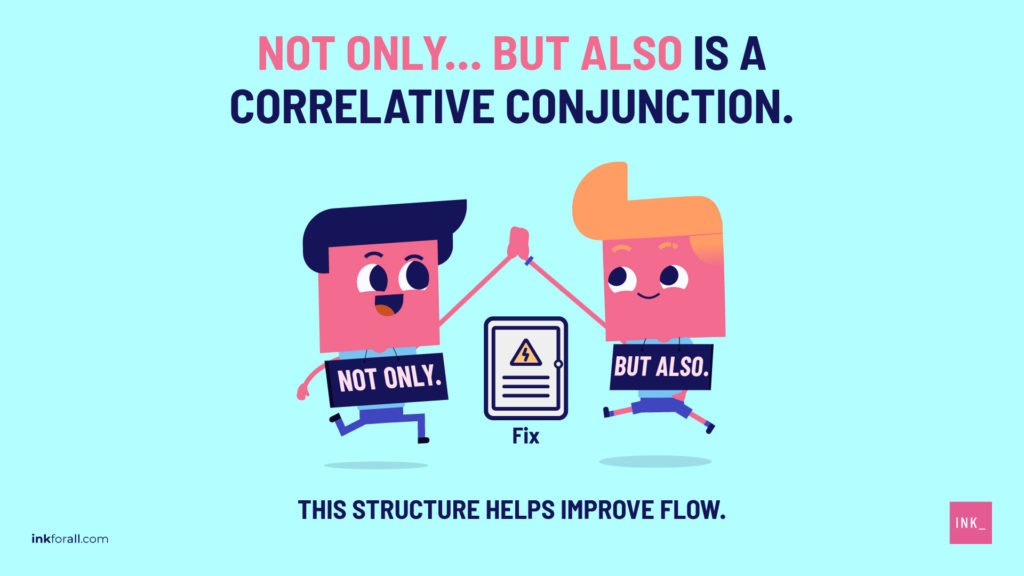

How do you use Not Only in a Sentence?
You can use not only at the beginning of a clause. In this case, you should use not only followed by the verb (Not only is she sing a captivating dancer, but also a fantastic singer). You can also use not only in the middle of a sentence. In this case, there are two constructions you can can use. The first construction is: Subject + Verb + not only + but also (He made not only the decorations but also the costumes for the party). Alternatively, the second construction is: Subject + not only + Verb + but also (The investigation is not only on-going but also highly-classified).
Here are examples of how to use not only in a sentence:
- Not only + verb + subject…but also…
- Not only + verb + subject…but + subject + also + verb…
- Subject + verb + not only…but also + verb…
- Subject + not only + verb…but also…
- Not only + verb + subject…but +subject + also…
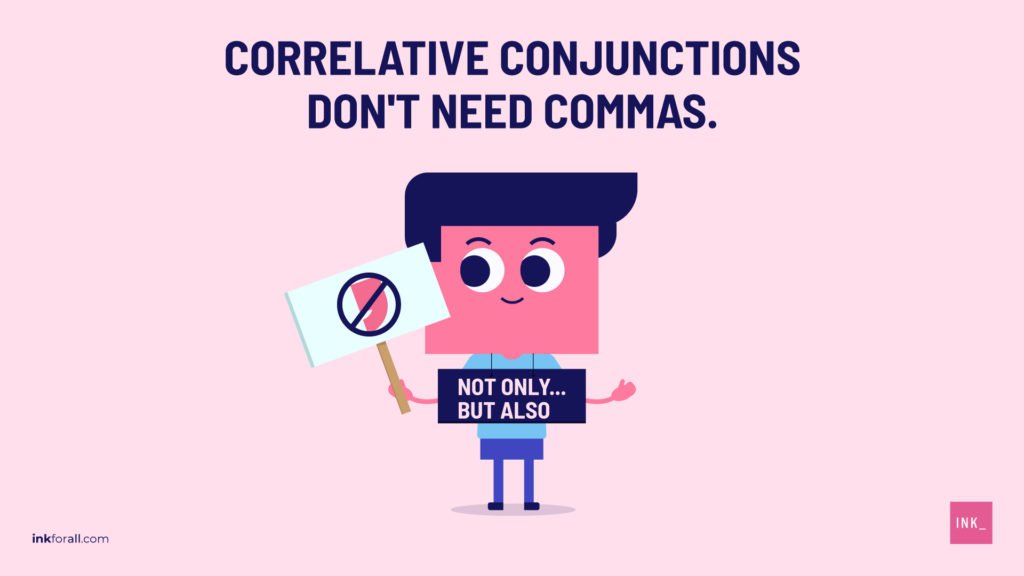

Where do you put Not Only in a Sentence?
You can put not only at the beginning or in the middle of a sentence. When you start a sentence with not only, the phrase is the beginning of an introductory clause and is acting as the first part of a correlative conjunction. As a result, not only must be followed by but also (Not only is the shuttle fast but also economical). When it appears in the middle of a sentence, not only usually comes after the subject and the verb (Their cat eats not only strawberries but also bananas). However, it can also come between the subject and the verb (Their daughter not onlyplaysthe piano but also runs track).
Can you start a Sentence with Not Only?
You can start a sentence with not only, but it must be followed by not also. This is because the expression not only..but also is a correlative conjunction that helps create parallelism, or balance, in a sentence. What’s more, when you start a sentence with not only, follow the not only with a verb (Not only were they polite but also kind). Therefore, the formula for using not only at the beginning of a sentence is: Not only + verb + subject…but also + subject + verb.
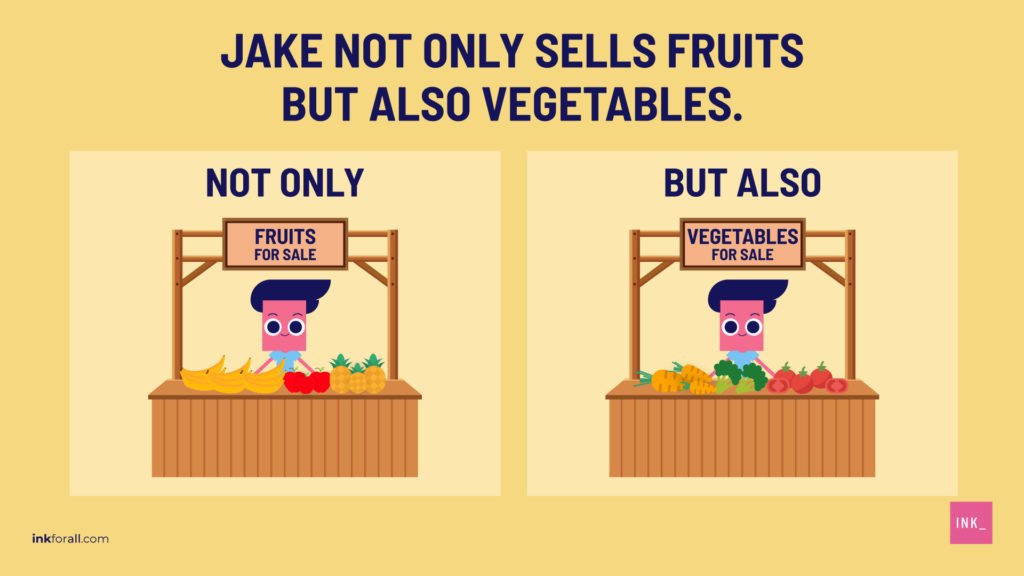

Is There a Comma in Not Only But Also?
Normally, there is no comma in the construction not only…but also. This is because not only…but also is usually a correlative conjunction that helps create parallelism. Since correlative conjunctions don’t require commas to separate the pairs in the phrase, there is no comma in not only…but also (Not only did they bring drinks but also desserts!). However, you can add a comma to show additional emphasis, but this isn’t required (When planning a party, she considers the not only the quality of the products served, but also the presentation). In the end, adding a comma is a stylistic choice and not grammatically required.
How do you Replace Not Only But Also?
Here are 20 replacements and synonyms for the correlative conjunction not only but also:
- as well as
- likewise
- similarly
- in the same way
- and
- in addition to
- furthermore
- additionally
- moreover
- what’s more
- too
- also
- both…and
- another
- equally important
- besides
- further
- in fact
- as a result
- consequently
Find more not only…but also synonyms in our master list of transition words.
Examples of Sentences Using Synonyms for Not Only But Also:
This sentence shows the correct usage of not only…but also. There are, however, other ways of expressing a similar sentiment.
When comparing these sentences, you may notice that the emphasis changes. For example, each construction places more or less importance on one of the phrases. As a result, the meaning of the sentence may change.
Whenever you select words, you’re choosing nuances in meaning. By opting for a different word or phrase, you may alter the meaning of your sentence ever so slightly. What’s more, you may also alter the tone of your prose, making it less formal or more conversational.
Can you use But Also Without Not Only
You can use but also without not only. On one hand, if you use not only, you must follow it with but also (They not only went fishing but also hiking). On the other hand, if you just use but also, you don’t need to use not only before it (He loves to go to the movies but also enjoys the gym).
- If you start with not only: you must follow it with but also.
- If you don’t use not only:you can use but also by itself.
Do you Have to use but Also With not Only?
If you use the first part of the correlative conjunction not only, then you must use the second part but also. Conversely, if you just use the second part but also, then you don’t need to include the first part not only. In formal writing, you should use the entire construction not only…but also. However, in informal contexts, you can leave off the also and shorten the phrase to not only…but. The meaning of the sentence shouldn’t change.
- Formal Writing: use the full construction not only…but also
- Informal Writing: you can use the shortened construction not only…but
Some writers may consider not only…but also to be one stylistic choice among many. After all, there are multiple options for linking two related thoughts, with each creating different shades of meaning.
Whether you opt for this phrase or another one is up to you, and it may depend on the type of writing you’re doing. Most importantly, your sentence should not only sound natural but also be clear in meaning. That, above all, is what writing should be about.
Quick Not Only…But Also Quiz
Not Only... But Also Question #1
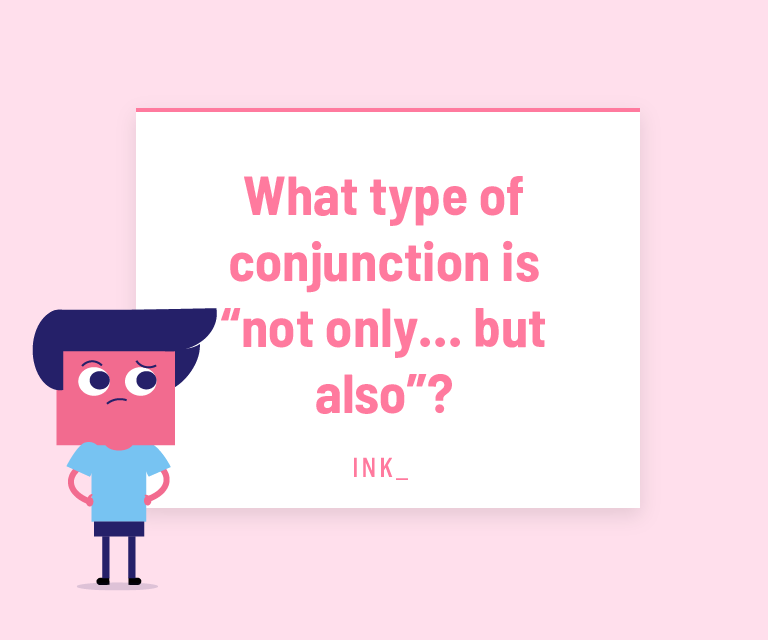

The answer is A. “Not only...but also” is a correlative conjunction. They're words or phrases that work together to link words, clauses, or phrases
Not Only... But Also Question #2
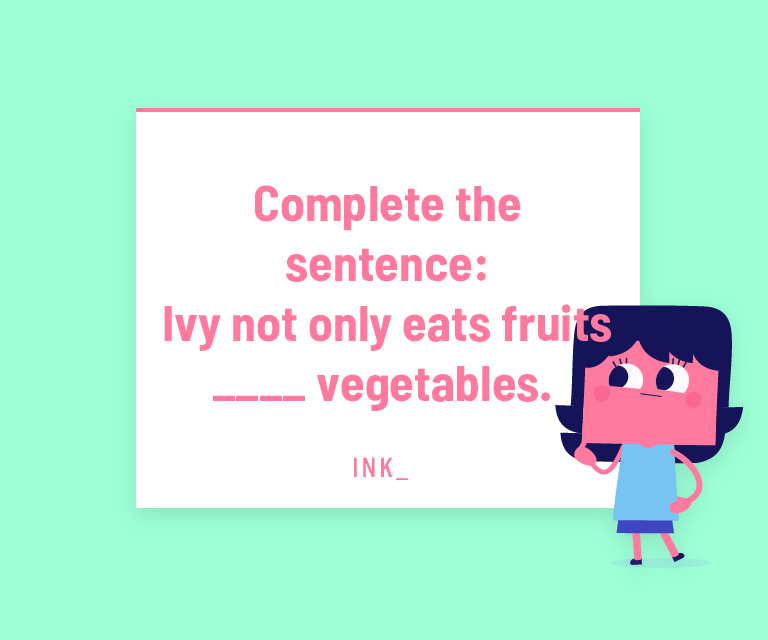

The answer is B. "Not only...but also" is used to convey two related facts, thoughts, or pieces of information.
Not Only... But Also Question #3
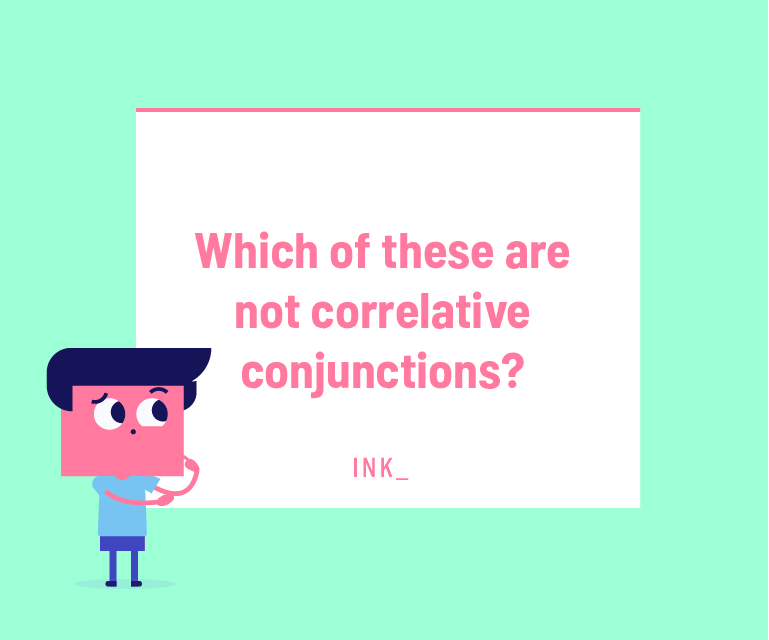

The answer is A. Correlative conjunctions serve to highlight the relationship between elements in the sentence.
Not Only... But Also Question #4
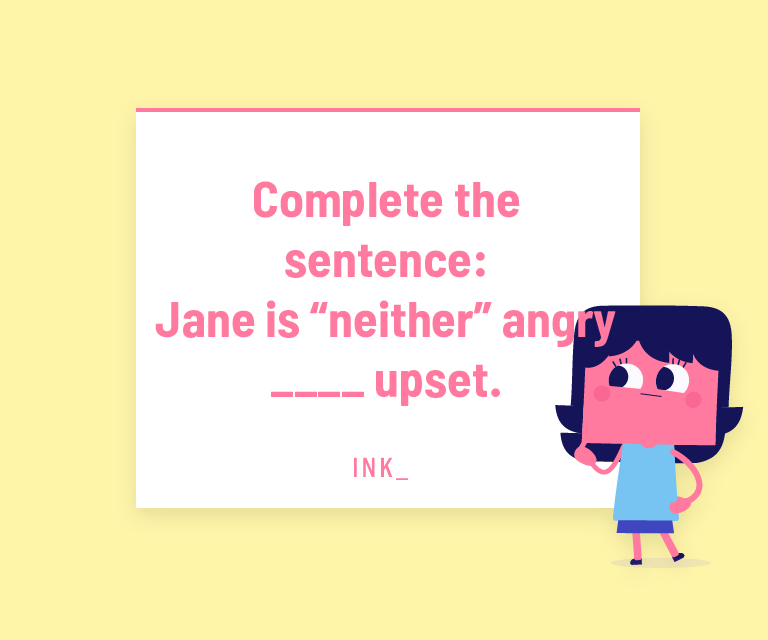

The answer is C. “Neither...nor” are correlative conjunctions.
Not Only... But Also Question #5


The answer is TRUE. The phrase becomes: “not only…but.”
Not Only... But Also Question #6
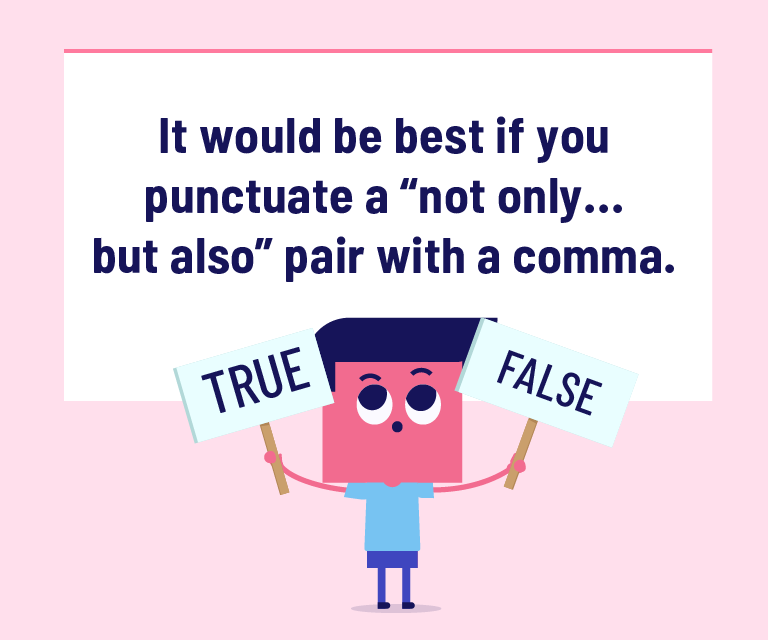

The answer is FALSE. Since “not only…but also” is a correlative conjunction, no comma is necessary.

Hi Pam, thank you so much for this excellent article. This is really insightful. I had a couple of queries – I am preparing for the GMAT, an exam in which I recently scored a 750, and am looking to further bolster my score. One of the issues tested in the GMAT Verbal section is Sentence Correction. This issue of ‘not only..but also’ has somewhat gotten to me, as I am not able to understand it in thorough detail, and I can’t find much in the grammar books. So, I thought of posting my query here –
Query #1: When does ‘not only..(but) (also)’ create a run-on sentence? I present two sample sentences below – to me, they are either both correct or both incorrect. However, Grammarly prefers to like the second one to the first.
S1: Not only are thieves able to divert cash from company bank accounts, they can also pilfer information (Grammarly says I need to add in the ‘but’ here to prevent it from becoming a comma splice?)
S2: As criminal activity on the Internet becomes more and more sophisticated, not only are thieves able to divert cash from company bank accounts, they can also pilfer information. [Grammarly likes this, and this is also presented as a correct sentence in an official GMAT question]
As far as I can see, either the first part with ‘not only’ is an IC or it is not. In my opinion, it is not, as I feel I need something else to complete my sentence. So the conjunction ‘but’ (before the also) should be optional/unnecessary?
Similarly, I read, while preparing for the GMAT, that the ‘also’ could be redundant in the following context: There are Indians not only in Gujarat, but in India (Using the ‘also’ or ‘as well’ would be considered redundant here, since Gujarat is a part of India). Is it only when that ‘X’ is a subset of ‘Y’ that we can use the ‘not only’ without an ‘also’ in the second half?
Third, I have seen sentences, where the ‘but/but also/also’ has been totally omitted from the second half. Reference – https://stancarey.wordpress.com/2009/04/22/not-only-but-also/
“The omission of the also is not only frequent but Standard” (Kenneth G. Wilson, Columbia Guide to Standard American English)
“Not only are there verbs with similar meanings and different past-tense forms, there are verbs with different meanings and the same past-tense forms. (Steven Pinker, Words and Rules)
“…his application was not only refused by Bonn, it was hardly noticed and remained totally unsupported.” (Hannah Arendt, Eichmann in Jerusalem)
Lastly, I would like to understand whether some of the sentences in the article are, strictly speaking, parallel?
For example: Not only is the shuttle fast but also economical.
Should we not have a complete clause in the second half as there is a full clause in the first half (something along these lines)?
Not only is the shuttle fast, but it is also economical.
Similarly, this one seems to be having faulty parallelism?
Their cat not only eats strawberries but also bananas. (We seem to be putting a verb ‘eats’ parallel to a noun ‘bananas’).
Sorry for the slightly long-winded question – I have been banging my head around these different usages of the correlative not only..but also, but haven’t got much. Looking forward to your response, and thank you for your amazing article.
Thanks for the kind words, Param. Not only..but also doesn’t create run-on sentences when following the rules for its construction. Your examples aren’t strictly following the not only..but also construction; hence, why you are getting those recommendations. Whatever follows only and also needs to be parallel — meaning the same part of speech. Also, the subject usually comes in the “not only” part. There are a few different ways you can rewrite your examples. Here is one version for each using this construction. So, for example 1 if you move the subject from between two verbs, this construction becomes clearer — Thieves are not only able to….but also can pilfer. In your example 2, it could be rewritten — Thieves are able to not only divert…but also pilfer. Hope this helps! Good luck on your GMAT!
Thanks for the great knowledge! I have a question: “Can I use ‘not only…but also’ for 2 totally different clauses that have different subject (inversion of not only…but also)?”
I mean I have read a lot of examples for ‘not only…but also”, but they always have the same subject or about the same thing. For example:
“Not only did Tom become angry, but he also hit his girlfriend” -> These 2 clauses are about Tom.
“Not only did Alex not pay the bill, but he also didn’t care who would pay for him” -> These 2 clauses are about Alex.
so I really want to know if I can use ‘not only…but also’ in 2 clauses that have different subject? For example:
“At that moment, I became a robot. Not only did every single thing that was beautiful in people’s view become the normal thing in my eyes, but also the funniest stories became the most bored storied in the world.” -> As you can see, these clauses doesn’t have the same subject although they are still about 1 thing (emotion, feeling). So can I use ‘not only…but also’ in this case? Besides, in the second clause, can I use ‘but also DID the funniest stories BECOME. . .’ or I’m only allowed inverting the noun and the verb in the clause with ‘not only’?
Thanks for reading my comment.
You’re welcome, Trung! Great question! The subject in the first part (not only) is the same subject for the (but also) part in this construction. As far as inversion, whatever follows only and also needs to be parallel — meaning the same part of speech. Hope this helps!
Thank u so much . It is very much helpful for me
Thank you, Thushara!
Hey, thanks for the article. It was not only well written but also quite informative.
Thank you for the kind comment!
I have something to ask you. Why am i not supposed to put a comma? (pls forgive me if this was in the article the entire time)
Hi Kinsley!
Thanks for the question. Adding a comma is a stylistic choice and not grammatically required. The construction of not only…but also is comprised of correlative conjunctions to create parallelism. A comma is not necessary to separate the pairs in this phrase.
However, it’s acceptable to add a comma in special circumstances — for example, indicating additional emphasis.
Thanks for stopping by!
So much gratitudes to your effort! I’ve almost cleared my doubts on this topic.
Hey, Jakhongir! WOW! What a kind comment. We can’t tell you how much we appreciate it. How else can we help clarify any remaining doubts on this topic? Have you tried the quiz? Let us know how to improve this article! Thanks again for expressing your gratitude.
Great info! but I have a quick question, which is the difference between:
dynamic settings, which not only motivate and stimulate me but also…
vs
dynamic settings, which do not only motivate and stimulate me but also…
and are both correct? Thanks in advance.
Thanks for the question, Paula. Both sentences are grammatically correct. The second sentence; however, has “do” preceding not only. The phrase not only…but also is a style choice that is used for emphasis. So, the choice is up to you! Thanks!
Thank you for this good article
Thank you, Yasar!
Can I ask something? Which one is correct, not only….but he also…. Or not only….but also he….
Hi, Meirynn! Great question. Either one is correct. The rule is: you cannot separate the first part of this construction (the “not only” part) but you can separate the second part (the “but also” part). So, both of the following are correct: 1) Not only does he know how to ride a bike but he also knows how to ride a motorcycle 2) Not only does he know how to ride a bike but also he knows how to ride a motorcycle. Check out the Pro-Tip in the article to review this rule and don’t forget to take the quiz to test yourself. Thanks again for your question and for reading! Hope this helps. Best!
Excellent! Thank you so much.
Hey, Musa! Thanks for taking the time to give us such a stellar comment. We appreciate you and your kind words! Cheers.
After this topic, I am a new fan of this website. Have a good day!
Musa, thank you for your fantastic comment! Please do check out our other articles and let me know what you think. I’m always working to improve these resources for our readers. Thanks again!